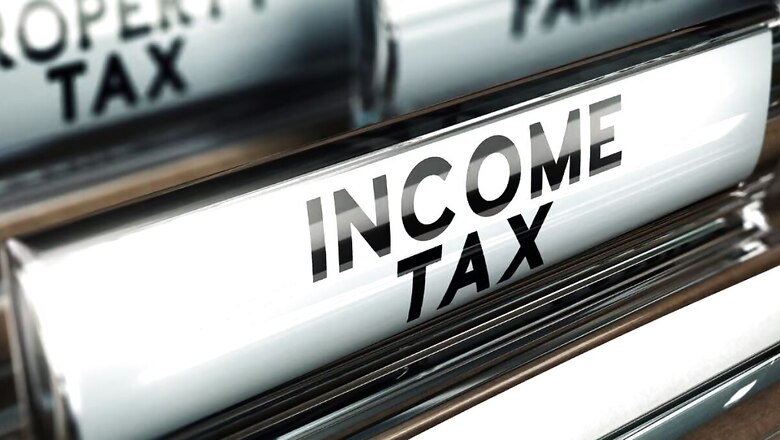
views
As India gets ready for the first Union Budget of the government’s third term, there is heightened anticipation surrounding potential reforms in personal taxation. This year, stakeholders are particularly focused on several key areas that could impact individuals and senior citizens, as well as influence investment behaviour in capital markets and derivatives trading.
Also Read: Budget 2024: Govt Considers Rs 5 Lakh Tax Exemption Limit In New Regime
The current tax structure under the simplified tax regime features multiple brackets ranging from 5% to 30%, causing complexity and administrative burden. Authorities are expected to continue focusing on the new regime and, to simplify it, may seek to consolidate tax rates into broader categories.
Old vs New Tax Regime
If policymakers intend to make the new regime more acceptable vis-a-vis the old regime, the tax slab rates will certainly need a re-jig such as reducing the number of tax slabs to three: 10%, 20%, and 30%, thereby eliminating intermediate tax rates and slabs. This would simplify tax planning and compliance for taxpayers across various income levels, making the new regime more attractive.
Additionally, to alleviate the burden of rising living costs, authorities may enhance the standard deduction from the current Rs 50,000 to Rs 150,000, aiming to provide relief to taxpayers by offsetting everyday expenses against taxable income.
Introducing a leave travel allowance under the simplified regime could also make the regime more attractive and boost the domestic travel industry, on the other hand. Such measures will not only make the new regime lucrative but also give much-needed purchasing power in the hands of the common man.
Recognising the financial challenges faced by senior citizens, particularly in the wake of inflation and increasing healthcare costs, policymakers may like to tweak the slab rates under the new regime by increasing the basic exemption limit under the simplified regime from Rs 300,000 to Rs 700,000. This adjustment aims to reduce the tax liability for elderly taxpayers with limited sources of income.
Standard Deduction
Additionally, a higher standard deduction of Rs 200,000 for senior citizens, up from the current Rs 50,000, can help offset the medical benefits and fixed deposit deductions provided under Chapter VIA as part of the old regime.
The current capital gains tax framework is perceived as intricate, with varying rates and holding period requirements across different asset classes. To foster a more equitable and investor-friendly environment, authorities may consider a unified tax rate for long-term capital gains across all asset classes, potentially adjusting rates for listed equity shares and real estate to provide consistency and predictability for investors.
Rationalising the holding periods required to qualify for long-term capital gains, and ensuring uniformity and clarity across listed and unlisted shares and other assets, is another possible reform. Further, allowing the offsetting of long-term capital losses against short-term gains would provide investors with greater flexibility in managing their tax liabilities.
In the realm of international transactions, recent changes imposing Tax Collection at Source (TCS) on remittances under the liberalised scheme have sparked concerns among stakeholders, particularly in sectors such as employee stock options where 20% TCS is required to be collected on remittance. Authorities may consider adjustments or discontinuation of TCS on remittances related to employee stock option plans, aligning with existing tax deductions under section 192 to avoid double taxation and administrative complexity.
Futures and Options
With the proliferation of derivatives trading, there is growing scrutiny over the taxation of gains from futures and options (F&O). Exploring the classification of gains from F&O trading as speculative income and potentially increasing transaction costs aims to discourage excessive speculation and promote stability in financial markets.
As these proposed reforms are deliberated, the overarching goal remains to create a more streamlined, equitable, and predictable tax environment. By addressing the complexities and challenges faced by various segments of the population, the government aims to foster economic growth, improve taxpayer compliance, and enhance overall financial well-being. Stakeholders eagerly await the final decisions, hopeful that the upcoming Budget will bring much-needed clarity and relief.
-The author is Executive Director, Deloitte India. Views expressed are personal.




















Comments
0 comment